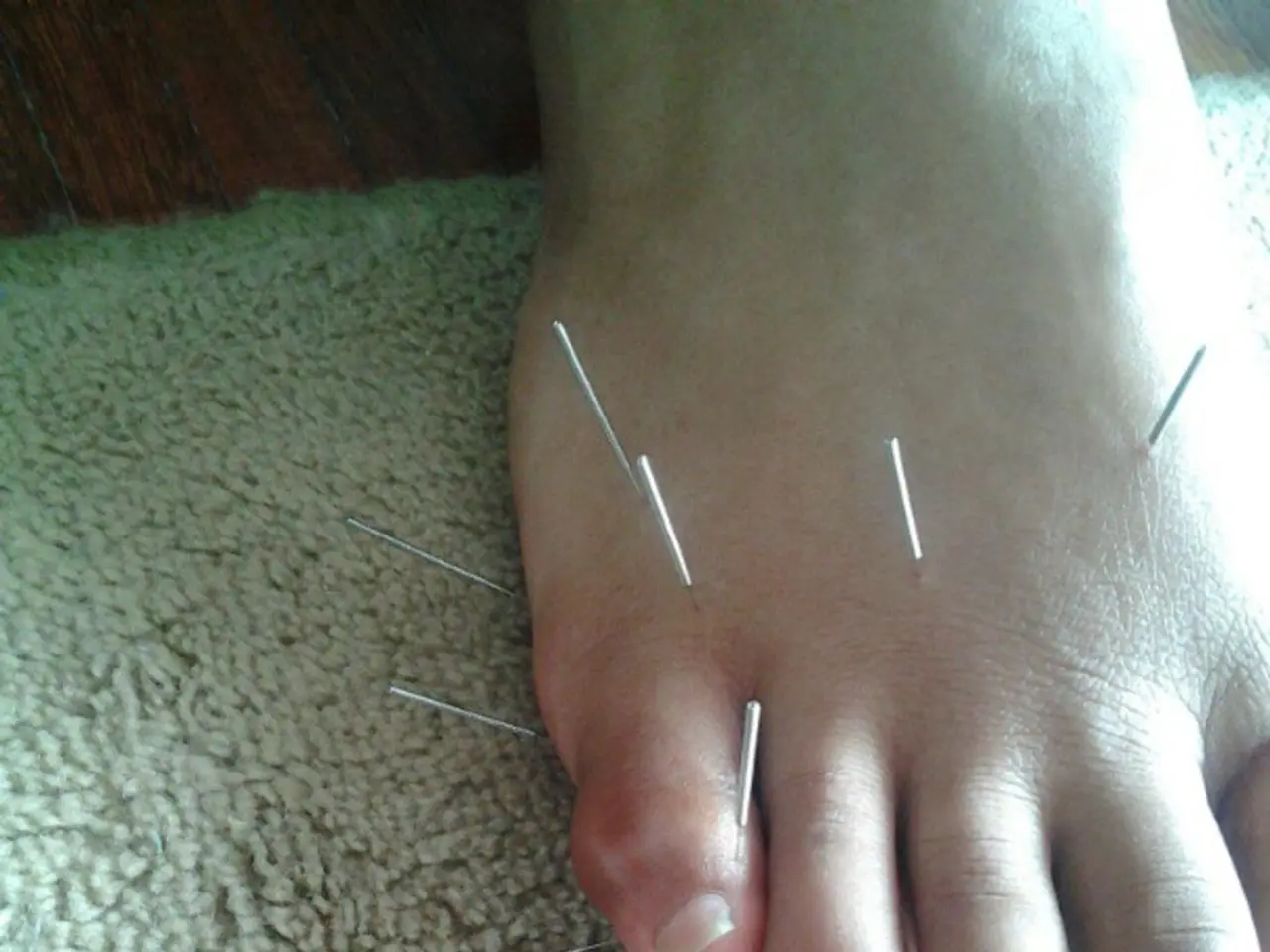Mental health issues among adolescents are a significant worry, as discussed by Dr Shweta Jaiswal
In India, mental health disorders among teenagers are a pressing concern, with the total treatment gap reaching an alarming 90%. The country has the highest number of adolescents in the world, accounting for about one-fifth of the population, totaling 243 million [1].
This vast population is particularly vulnerable, with India holding the highest youth suicide rate globally, and suicide being the leading cause of death among young people. According to a meta-analysis, 6.5% of the population and 23.3% of school-aged children and adolescents suffer from psychiatric disorders [2].
The mental health issues in teenagers are not confined to urban areas but are equally affecting the youth in rural areas, possibly to a greater extent. Lack of structured education, poverty, inaccessibility of advanced resources for studies, and unavailability of quality healthcare make rural teens more vulnerable to mental illnesses and less likely to receive understanding, support, or treatment [3].
However, there are effective strategies for parents to support their teenagers' mental health. Fostering emotion regulation skills, building supportive relationships, enhancing problem-solving and resilience, and providing hope and future planning are core components that help teenagers understand and manage their feelings, create healing environments through trusted family or peer connections, and equip them to navigate high-pressure situations [4].
In addition, digital tools like guided therapy apps, mindfulness exercises, and mental health literacy platforms can offer accessible, culturally relevant support tailored to young people’s needs in India [5][6]. Encouraging teenagers to use such resources can help them recognize, manage, and prevent mental health challenges effectively.
To improve societal awareness and resources, mental health support must be contextual and culturally grounded, moving beyond Western models to reflect Indian realities. Public education campaigns and schools should integrate mental health literacy to reduce stigma and improve early detection. Expanding and promoting accessible digital platforms and preventive mental health programs, such as India's first preventive mental health platform for children and teens, can also help [7].
Inclusive participation, by centering youth voices from diverse backgrounds, can enhance the relevance and acceptance of mental health interventions. Together, these approaches by parents, educators, and society can create a more supportive environment that addresses the unique mental health needs of Indian teenagers while improving resource availability and societal understanding.
Parents play a crucial role in this endeavour. They can help by accepting that their teenage child may have mental health issues and seeking professional help, such as psychiatrists, psychotherapists, counselors, or helplines. Parents should also be aware and involved in their teen's lives without becoming a source of anxiety. The current generation of teenagers and young adults in India are under significant pressure, including from social media, peer pressure, parents, studies, and career selection [8].
Early adolescence is when most mental disorders occur and account for a significant proportion of the mental health burden worldwide, including in India. Mental health is important for everyone and requires a collective effort from the family and society to heal and grow. According to the National Mental Health Survey (2015-2016), there is a prevalence of psychiatric disorders of 7% in the 13-to 17-year-old age group, which was nearly equal for both genders [9].
In developing countries like India, only 2% of the treatment gap for mental health disorders is spent on treating mentally ill people [10]. The journey of supporting a teenager with mental health issues is a continuous one and may require therapy for the entire family. The quote "Be kind. For everyone you meet is fighting a hard battle" is often attributed to Socrates, a reminder that kindness and understanding are essential in supporting our teenagers through their struggles.
References:
- World Population Review
- Indian Journal of Psychiatry
- The Lancet Psychiatry
- The Journal of Adolescent Health
- The Lancet Psychiatry
- The Journal of Medical Internet Research
- The Lancet Psychiatry
- The Lancet Psychiatry
- National Institute of Mental Health and Neurosciences
- The Lancet Psychiatry
Science and health-and-wellness are intertwined as resources and strategies are developed to tackle the pressing mental health issues among Indian teenagers. For instance, digital tools like guided therapy apps, mindfulness exercises, and mental health literacy platforms can offer accessible, culturally relevant support that is tailored to young people's needs in India [5][6].
In terms of mental health, mental health literacy should be integrated into public education campaigns and schools to reduce stigma and improve early detection, especially considering the growing concern of mental health disorders among adolescents in India [7].




